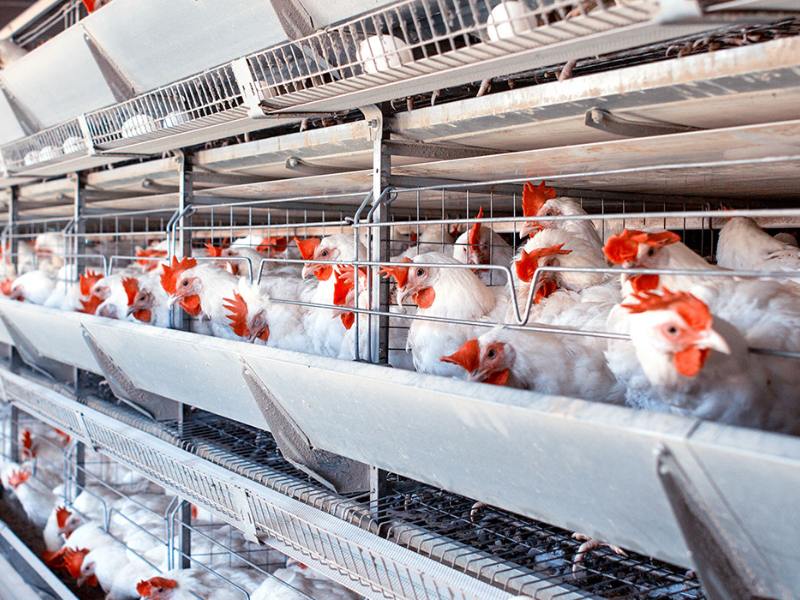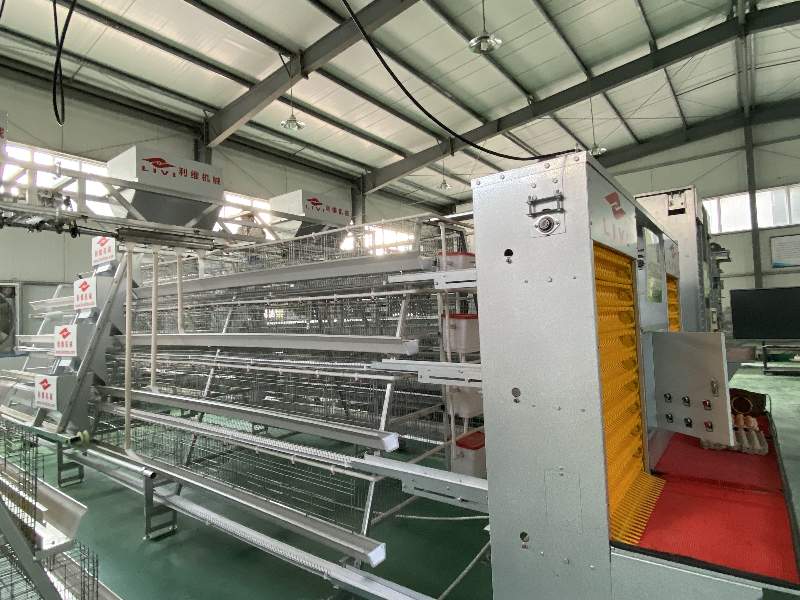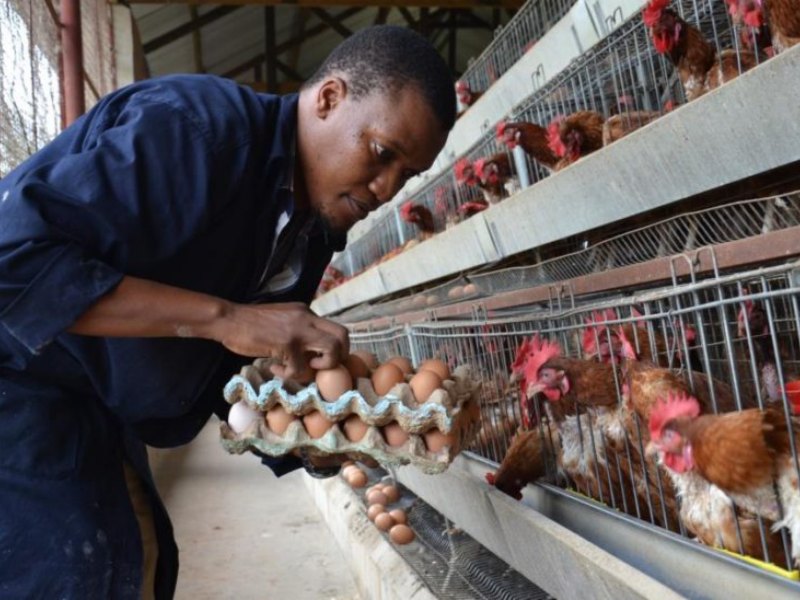
Layer Farming Business Plan for Beginners in Uganda
Starting a layer farming business in Uganda offers an exciting opportunity for entrepreneurs and farmers looking to tap into the growing demand for eggs. The poultry industry is not only a source of income but also contributes significantly to food security in the region. In this article, we will guide you through the essential steps to develop a successful layer farming business plan while highlighting the importance of utilizing quality layer cages in Uganda to enhance your productivity.
Layer Farming Business in Uganda
Layer farming involves raising hens specifically for egg production. Unlike broilers, which are bred for meat, layers are kept for their ability to produce eggs consistently over time. In Uganda, the demand for eggs is on the rise due to population growth, increasing urbanization, and changing dietary habits. With proper planning and management, layer farming can become a profitable venture.
Market Research
Before diving into layer farming, it’s crucial to conduct comprehensive market research. Understand the local demand for eggs, identify your target customers (retailers, restaurants, or direct consumers), and analyze your competition. Knowing the market dynamics will help you position your business effectively and plan your production capacity accordingly.
Choosing the Right Location
The success of your layer farming business largely depends on its location. Ideal sites should be accessible, have a reliable water supply, and be free from potential hazards such as flooding or industrial pollution. Proximity to your target market is also vital, as it reduces transportation costs and enhances freshness.
Selecting Layer Breeds
Selecting the right breed of layer hens is critical for maximizing productivity. Some popular breeds suitable for Ugandan conditions include:
- Hy-Line Brown: Known for high egg production and adaptability to various environments.
- Lohmann Brown: Offers excellent feed conversion rates and consistent egg production.
- ISA Brown: Renowned for their resilience and robust health.
It’s essential to choose a breed that matches your farming objectives and the climatic conditions of your location, ensuring optimal egg-laying performance.
Designing Your Layer Farm
Once you have selected your location and breed, it’s time to design your layer farm. This stage includes planning the layout of your poultry house, feeding areas, and egg collection points. Proper ventilation, lighting, and space are key factors to consider to ensure the comfort and productivity of your hens.
Importance of Layer Cages
One of the most significant investments you’ll make in your layer farming business is the purchase of layer cages in Uganda. Layer cages provide several advantages over traditional housing methods:
- Space Efficiency: Layer cages allow you to maximize your available space by vertically stacking multiple tiers, thus accommodating more birds in a smaller footprint.
- Enhanced Hygiene: Keeping hens in cages helps maintain cleaner environments, reducing the risk of disease outbreaks. This is especially important in Uganda, where sanitation can be challenging.
- Easy Management: Layer cages simplify feeding, watering, and egg collection processes, saving time and labor costs. Automated systems can be integrated to further streamline operations.
- Improved Production: Studies have shown that hens raised in cages often lay more eggs compared to those raised in free-range or floor systems, leading to higher profitability.
At Livi Machinery, we manufacture high-quality layer cages tailored to meet the specific needs of farmers in Uganda. Our cages are designed for durability and efficiency, ensuring that your investment yields maximum returns.
Feeding and Nutrition
Proper nutrition is vital for achieving high egg production rates. Layers require a balanced diet rich in proteins, vitamins, and minerals. A commercial layer mash or pellet feed formulated specifically for laying hens is recommended. Additionally, providing access to clean water at all times cannot be overstated, as hydration directly affects egg production.
Health Management
Maintaining the health of your flock should be one of your top priorities. Regular veterinary check-ups and vaccinations are essential to prevent diseases that can severely impact egg production. Implementing biosecurity measures, such as controlling access to the farm and maintaining cleanliness, can minimize the risk of infections.
Record Keeping
Effective record-keeping is crucial in monitoring the performance of your layer farm. Keep track of the following:
- Egg production rates
- Feed consumption
- Mortality rates
- Health issues and treatments
Analyzing this data will help you identify trends and make informed decisions about managing your flock and improving efficiency.
Marketing Your Eggs
Once your hens start laying eggs, you’ll need a solid marketing strategy to sell your products. Consider the following approaches:
- Direct Sales: Selling directly to consumers or local retailers can yield higher profits. Setting up a stall at local markets or engaging in home delivery can attract customers.
- Online Marketing: Leverage social media platforms and e-commerce websites to reach a broader audience. Showcase the quality and freshness of your eggs to build customer trust.
- Partnerships: Collaborate with local restaurants, hotels, and supermarkets for bulk sales. Establishing these partnerships can lead to consistent revenue streams.
Financial Planning
Developing a realistic financial plan is essential for your layer farming business. This plan should encompass initial startup costs, ongoing operational expenses, and projected revenues. Here are some key elements to consider:
- Startup Costs:
- Land Acquisition or Rental: Depending on your location.
- Construction Costs: For poultry housing and necessary infrastructure.
- Layer Cages: Investing in high-quality layer cages in Uganda from reputable manufacturers like Livi Machinery.
- Equipment: Feeding and watering systems, egg collection tools, and health management supplies.
- Operational Expenses:
- Feed Costs: Regular feed purchases will be one of your largest expenses.
- Labor: If you employ farmhands, factor in wages and benefits.
- Veterinary Care: Budget for regular check-ups, vaccinations, and medications.
- Utilities: Water and electricity costs, which can vary based on your farm size.
- Revenue Projections:
- Estimate the number of eggs you expect to produce per day and calculate potential monthly income based on local market prices.
- Consider seasonal fluctuations in egg prices and demand; planning for these variations will help stabilize your income.
- Break-Even Analysis:
- Calculate how long it will take to recoup your initial investment based on your projected sales. This analysis will give you a clear understanding of when you can start earning profits.
Conclusion
Starting a layer farming business in Uganda can be a rewarding endeavor, yielding both financial stability and contributing to local food security. By developing a comprehensive business plan that covers market research, farm design, breed selection, feeding management, health care, and marketing strategies, you can position yourself for success.
Investing in quality layer cages in Uganda, like those provided by Livi Machinery, will give you the efficiency and productivity needed to excel in this competitive market. Remember to stay vigilant in your operations, keep learning, and adapt to changes in the industry to ensure your layer farming business thrives.


